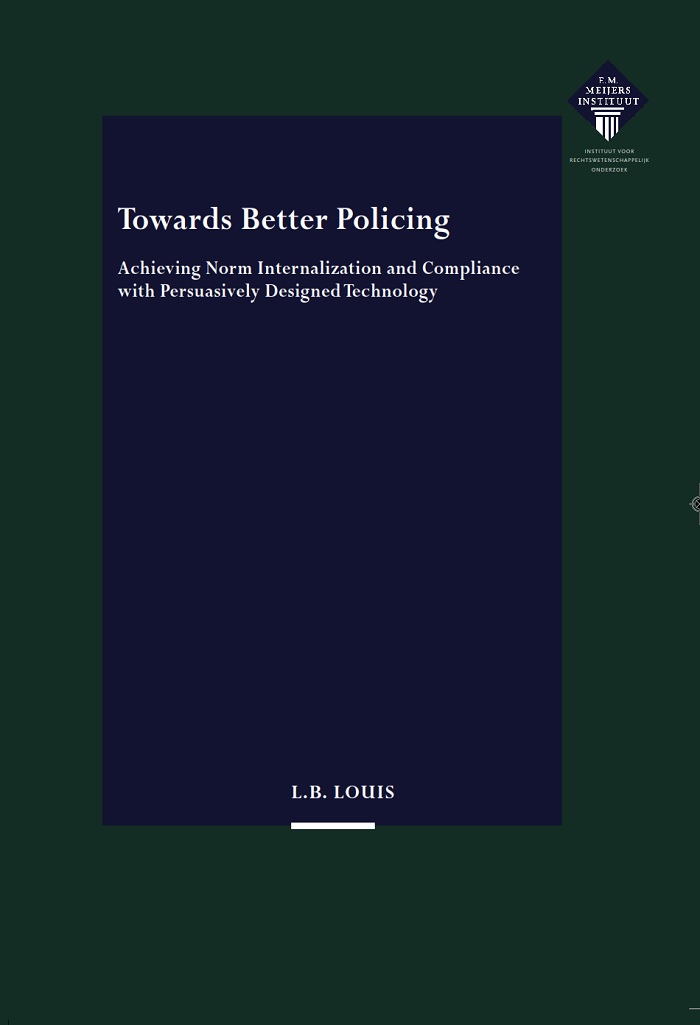
Linda Beatrice Louis’s research indicates that interactions with law enforcement, determinative of access to justice is far from positive for racial minorities and women. Unfortunately, due to constraints generally faced by police forces, and the tension inherent in the nature of policing (maintaining order while safeguarding rights and operating with discretion), police personnel engage in conduct that may not always be legally or ethically compliant – such as stereotyping, bias, unfriendly and suspicious attitudes, overcharging or downgrading an issue – which can have profound effects on the ability of injured individuals to obtain justice. This conduct is not easily captured by prohibitive regulation although it can amount to discrimination proscribed by equality laws. Training, monitoring and sanction-oriented mechanisms to prevent such behaviour have been observed to be of limited efficacy thus far.
This research therefore explores a different approach to legal compliance, focused on encouraging the internalization of norms underlying laws and regulations, so that personnel are intrinsically motivated / incentivized to comply through the medium of technology. To that end, this thesis investigated whether persuasively designed technologies can assist in compliance with the legal and ethical norms prohibiting racist and sexist behaviour.
The research has yielded a positive conclusion overall, supported by the following findings: Firstly, an examination of technologies that already influence behaviour in domains such as health and sustainability, provide strong support for their use for legally compliant behaviour. Technology, intentionally designed, observably shapes human behaviour in that it can limit our options; it can direct our attention based on its design and presentation; and it can serve to organise our actions based on its purpose and usage. Persuasive technology thus forms a sub-category of such technologies and comprises of technological artefacts designed according to well established principles of persuasion and theoretical frameworks on behaviour change.
Secondly, an analysis of the factors that engender racist and sexist behaviour in policing revealed behavioural and normative mechanisms amenable to being influenced by persuasive technologies. Discriminatory behaviour is found to be driven by social prejudices, myths, cognitive shortcuts and individual biases, enabled by organisational practices particular to policing. Subsequently, an investigation of the various measures taken to address this behaviour highlights successful initiatives to extract useful practices and proven methods, further utilised in informing the design of persuasive technologies.
Thirdly, relevant norms are abstracted from equality and non-discrimination laws, instruments of soft law regulating police conduct regarding racism and sexism, procedural justice and other measures of police legitimacy are also analysed and formulated as behavioural goals. Through social learning, appeals to social identity and persuasion through elaboration, these norms can be communicated and eventually internalised due to the cognitive mechanisms at play, and thus are capable of being effectively implemented through persuasive technologies.
Finally, an integrative analysis matched approaches to behaviour change and relevant norms applicable to reducing discriminatory behaviour with suitable persuasive technologies that can be used in policing to change discriminatory behaviour. A systematic integration of mechanisms of behaviour change, appropriate persuasive design strategies supports the concrete recommendations as to persuasively designed technological features that would internally incentivise compliant behaviour. Six design features among those currently used in persuasive technology – feedback technologies, embodied conversational agents, reminders, barrier technologies, multimedia technologies using VR and AR and social software are shortlisted and justified for their use in altering racist and sexist behaviour. The shortlisted design features are then assessed with respect to their usability in existing policing technologies, and their individual utility for the internalisation or activation of specific norms is demonstrated. In conclusion, recommendations as to persuasive design features that can be integrated into existing policing technologies, capable of facilitating change in discriminatory behaviour are made.
Promotors: prof. mr. dr. ir. Bart Custers, prof. dr. mr. Simone van Der Hof.
Linda Beatrice Louis
Towards better policing: achieving norm-internalization and compliance through persuasively designed technology
E.M. Meijers Instituut nr. 426,
ISBN 978 94 6473 559 8

